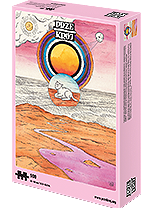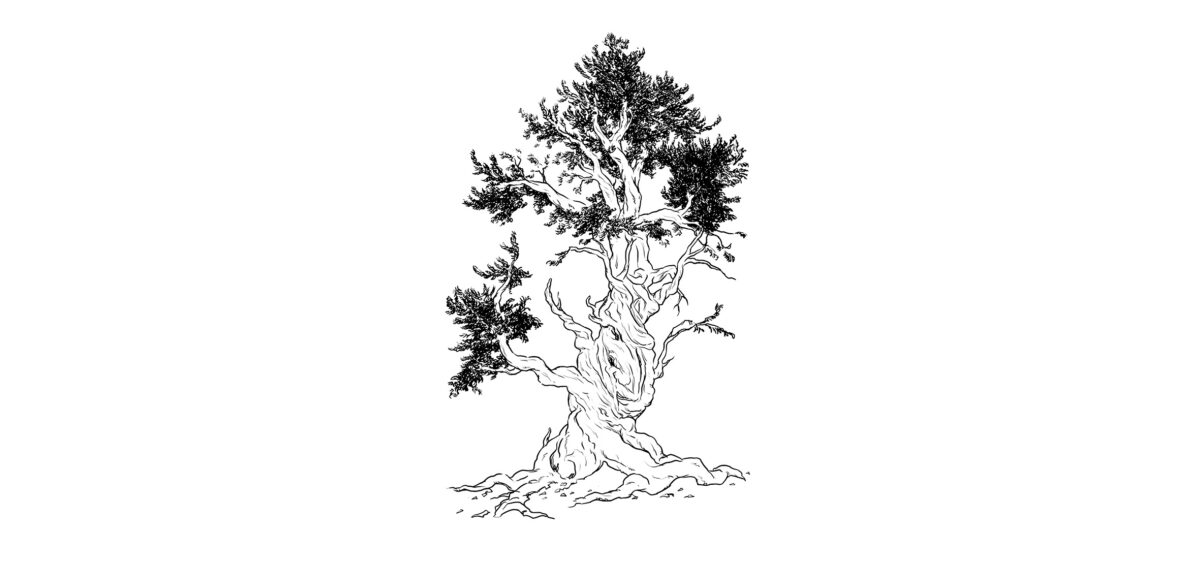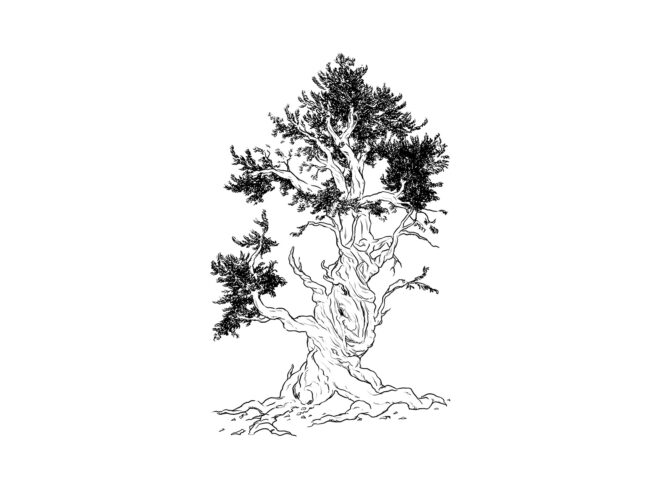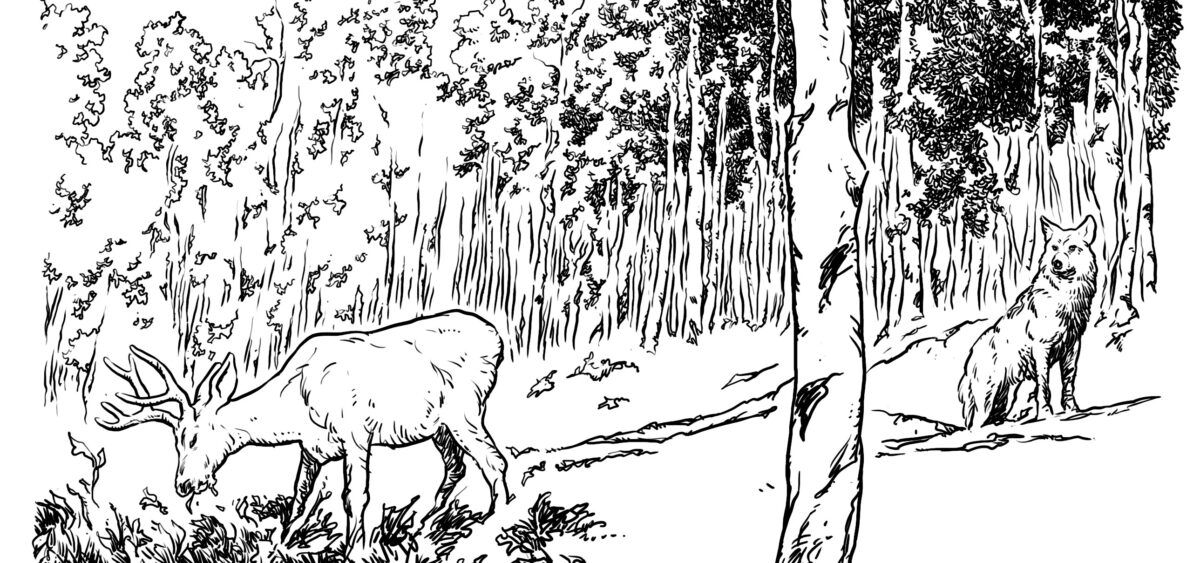
In search of the secret to longevity, Przekrój sent a special correspondent to the US state of Nevada, where the long-living bristlecone pine tree species grows. One of them agreed to answer a few quick questions.
Przekrój: You’re a representative of the Pinus longaeva species, known for their long lifespans. We’ll ask you for some advice on an issue that troubles us all, namely how to live a long and happy life?
Pinus longaeva: To








